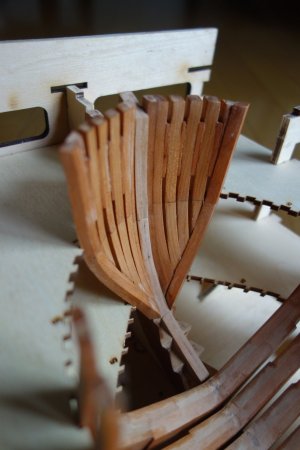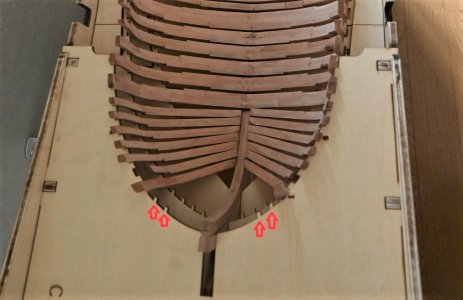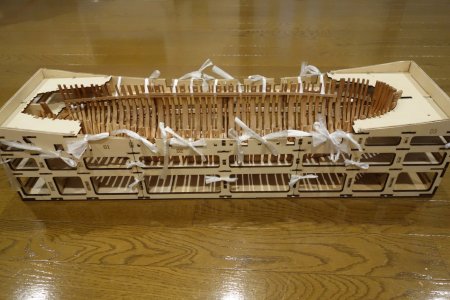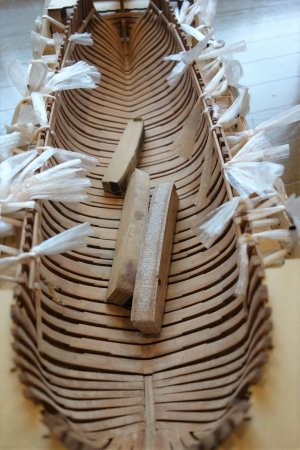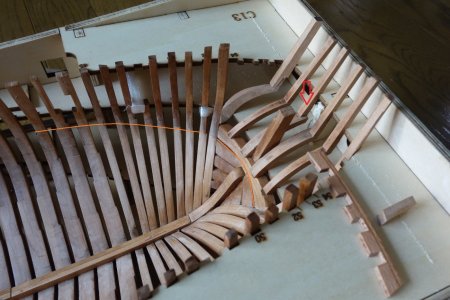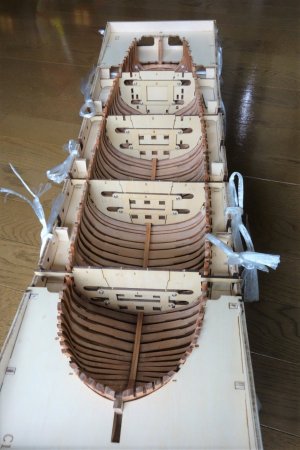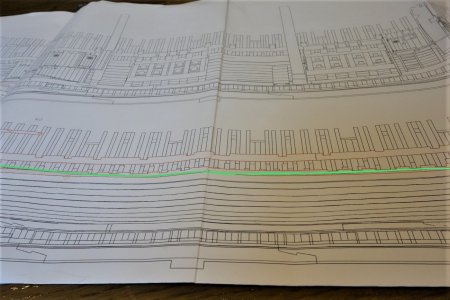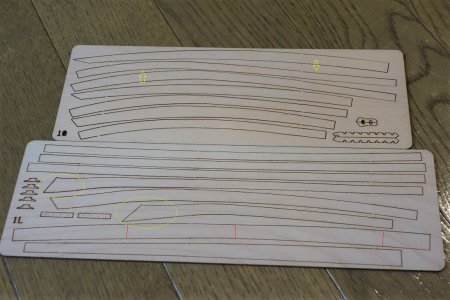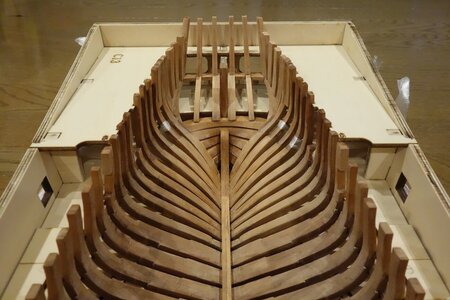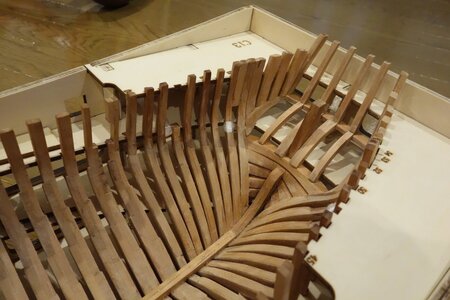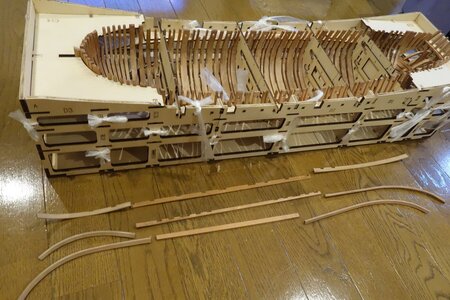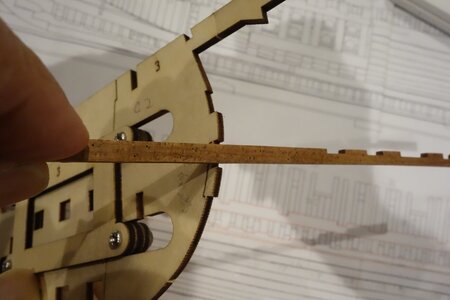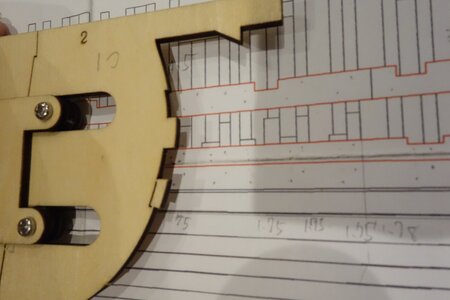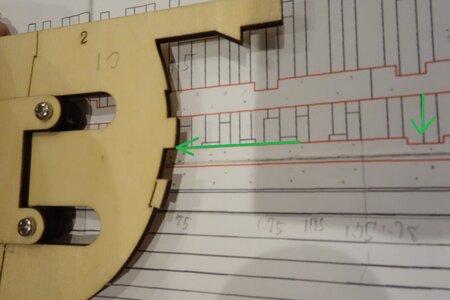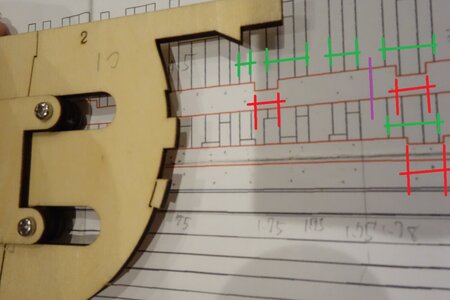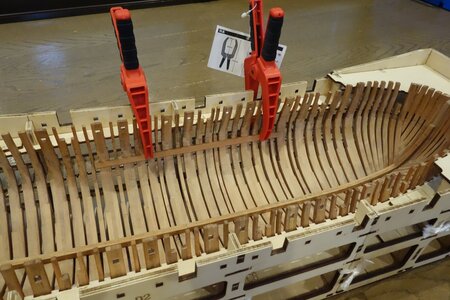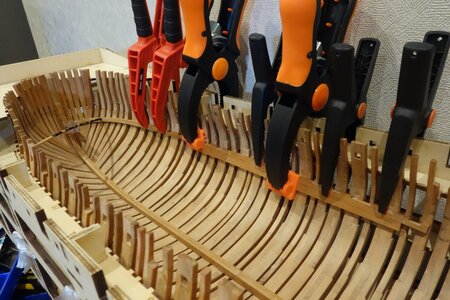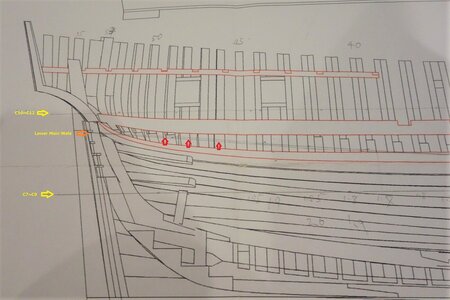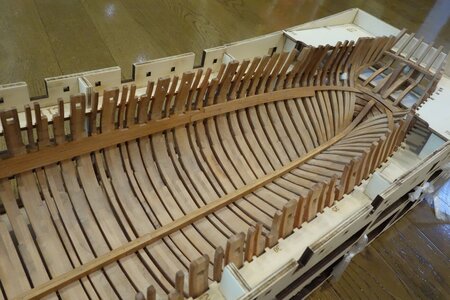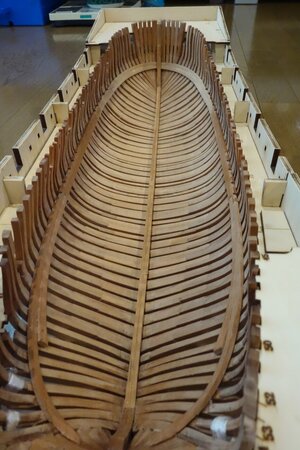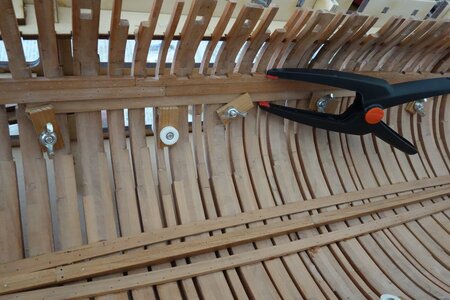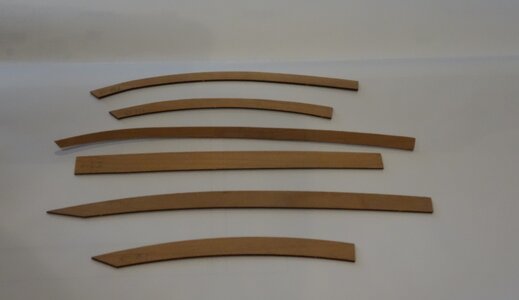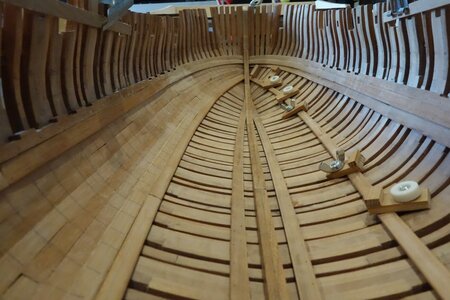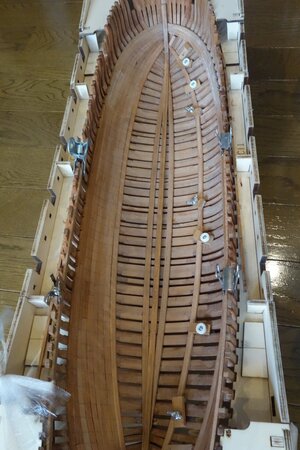Hi Muchi,
Does your glue still adhere to the surface by using paraffin on your frames?
Does your glue still adhere to the surface by using paraffin on your frames?
 |
As a way to introduce our brass coins to the community, we will raffle off a free coin during the month of August. Follow link ABOVE for instructions for entering. |
 |
Hello DanielThank you !! The differences are striking.
You melt the paraffin in a bowl and then you spread it as the oil, correct ?
You need to be fast or you have enought time till it is solid again ?
Moreover, oil is known to have issues with glue (glue doesn'twork well). You mentioned that with paraffin glue works well. Am I understanding this correctly or it will be like with oil ?
Thank you !
Daniel

Hi MaartenHi Muchi,
Does your glue still adhere to the surface by using paraffin on your frames?
Hello Muchi. Be aware, that Paraffin, over time, will give a white thin film...it could even be peeled off or create white spots. Unless you know the good method.
She's a very good modeller then - pass that on - is she on SOS?Thanks Ted
Aurora is not mine, but a work of a friend of mine, who is an amazing person who specializes in building structural models of sailing ships from scratch.
She also taught me paraffin wax.

